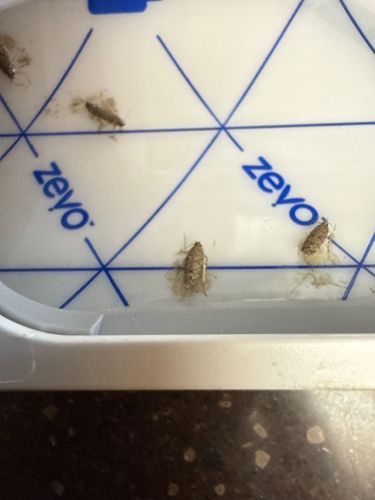Silverfish
Scientific Name: Lepisma saccharina
Order & Family: Order: Zygentoma, Family: Lepismatidae
Size: Typically 10-19 mm (0.4-0.75 inches) long, excluding their caudal filaments.

Natural Habitat
They are commonly found in human dwellings, preferring moist and dark areas like bathrooms, kitchens, basements, attics, and storage areas. They seek out cracks and crevices in walls, floors, and behind baseboards for shelter.
Diet & Feeding
Silverfish are scavengers and primarily feed on carbohydrates, especially polysaccharides. They consume items rich in starch or dextrin, such as paper, books, wallpaper glue, textiles (cotton, linen, silk), cereals, flour, and sometimes dead insects. They can survive for long periods without food.
Behavior Patterns
Silverfish are nocturnal and prefer dark, damp, and cool places. They are fast runners and can be difficult to catch. They undergo ametabolous metamorphosis, meaning they do not change in form as they grow and continue to molt throughout their lives. They can live for several years.
Risks & Benefits
Potential risks include property damage due to their feeding habits on books, paper, and textiles. They do not bite or transmit diseases to humans. They are generally considered nuisance pests. There are no significant known benefits.
Identified on: 8/9/2025